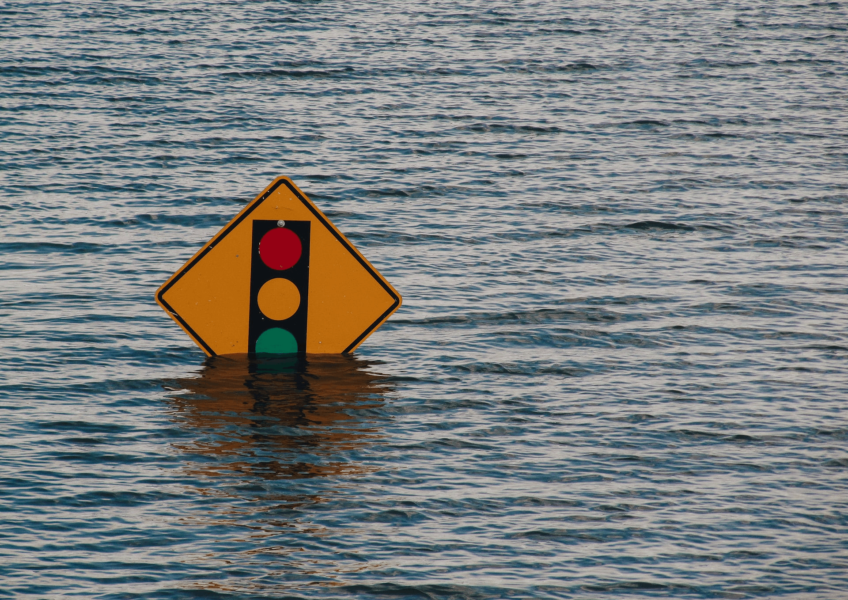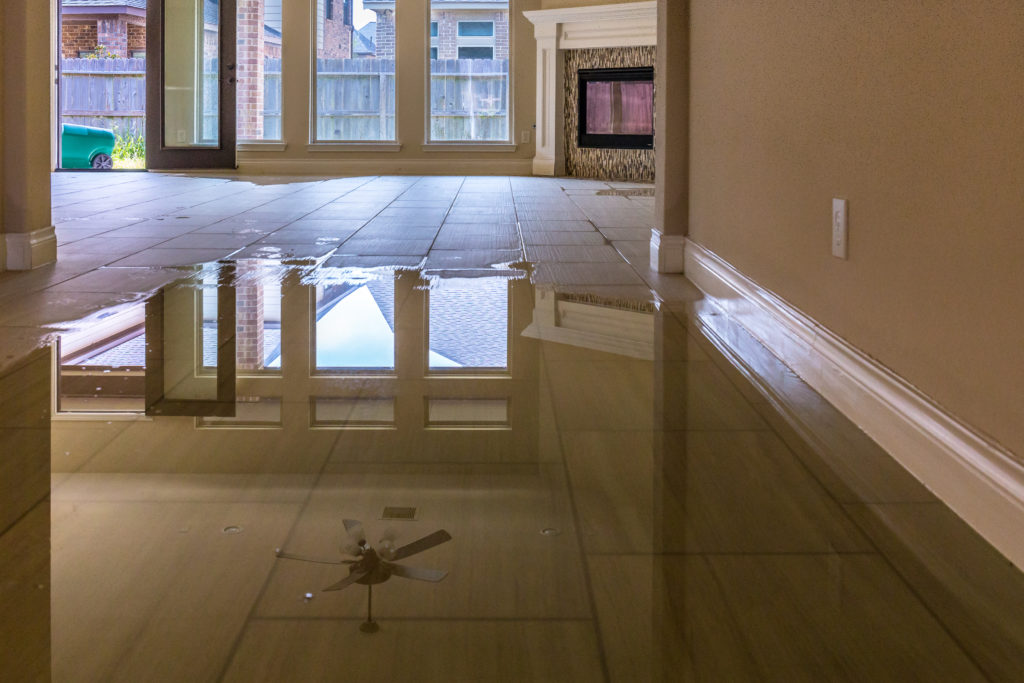Unlocking the Mysteries: Forensic Analysis of Water Damage in Buildings
Water damage is a silent menace that threatens the integrity and safety of buildings worldwide. It’s a culprit hidden behind walls and beneath floors, wreaking havoc on structures, often unnoticed until it’s too late. However, through forensic analysis, engineers and experts have developed an intricate understanding of water damage, its causes, and how to mitigate its effects.
Forensic analysis of water damage involves a detailed inspection and investigation into the source, path, and extent of the water intrusion. This could be due to a myriad of reasons: plumbing failures, poor construction, inadequate drainage, or even natural disasters like floods. Identifying the root cause is pivotal not just for remediation but for preventing future occurrences.
Once water infiltrates a building, it can compromise structural elements, encourage mold growth, and damage electrical systems. Wood, a common structural material, can rot or warp. Insulation can become less effective, leading to increased energy costs. Moreover, if left unchecked, water can corrode steel reinforcements, risking a potential structural collapse.
Forensic engineers utilize advanced technology, such as moisture meters, infrared cameras, and hygrometers, to detect water presence, even if it’s hidden. These tools allow experts to visualize the extent of water damage without invasive procedures. This way, they can pinpoint areas of concern and devise strategies to address them.
Understanding the history of a building plays a crucial role too. Was the building situated in a flood-prone zone? Were there any past incidents of water intrusion? Were proper waterproofing measures implemented during its construction? All these questions help forensic experts form a comprehensive picture of the situation.
Upon completing the analysis, forensic engineers can offer solutions. This might include better drainage systems, improved construction materials, or recommendations for periodic inspections. For buildings with a history of water issues, it may involve redesigning certain aspects to prevent recurrence.
In conclusion, water damage, though subtle, can have severe consequences on buildings. Through forensic analysis, we have a systematic approach to identify, understand, and rectify these issues, ensuring that our infrastructures remain safe, durable, and efficient.





